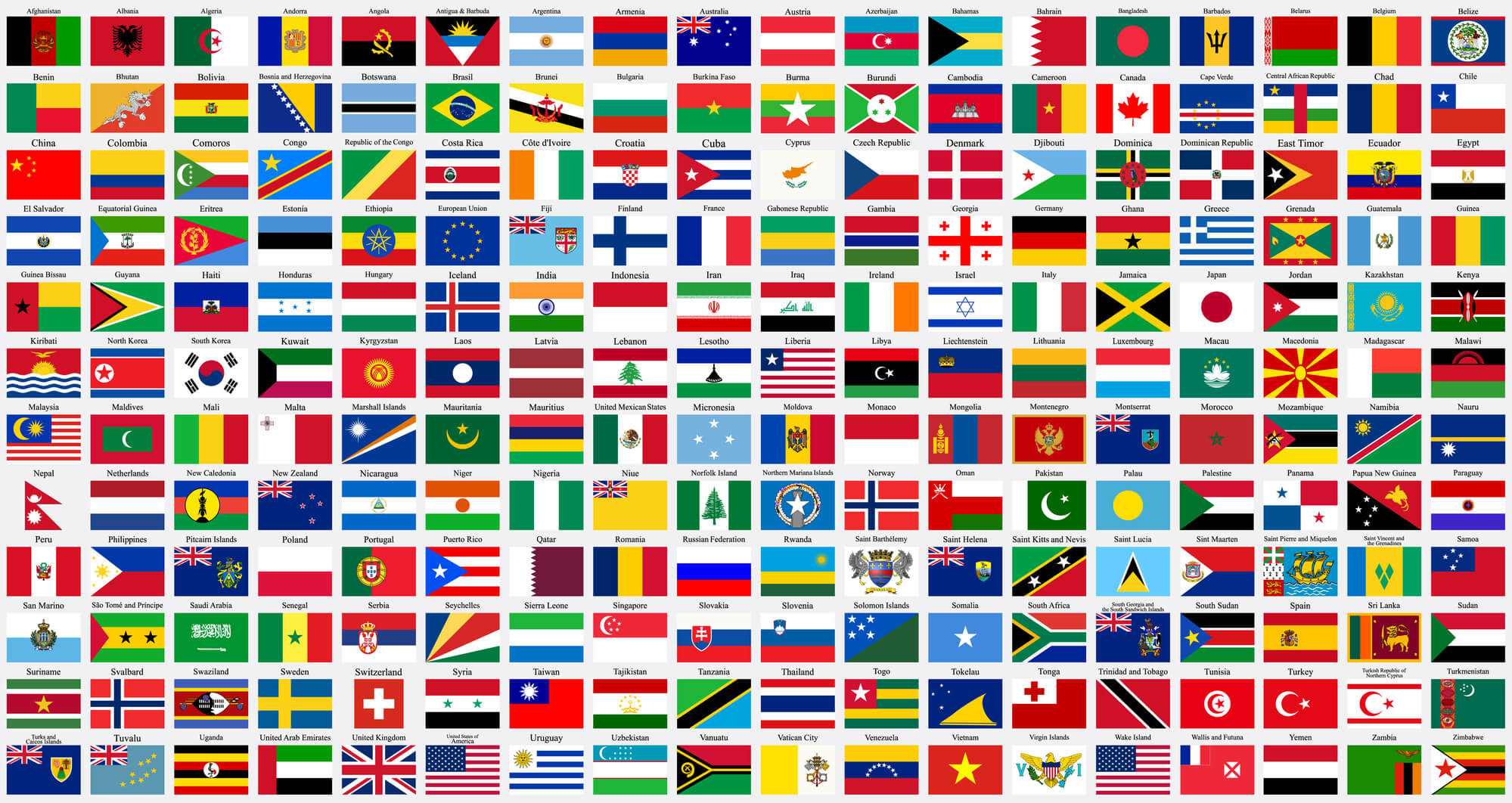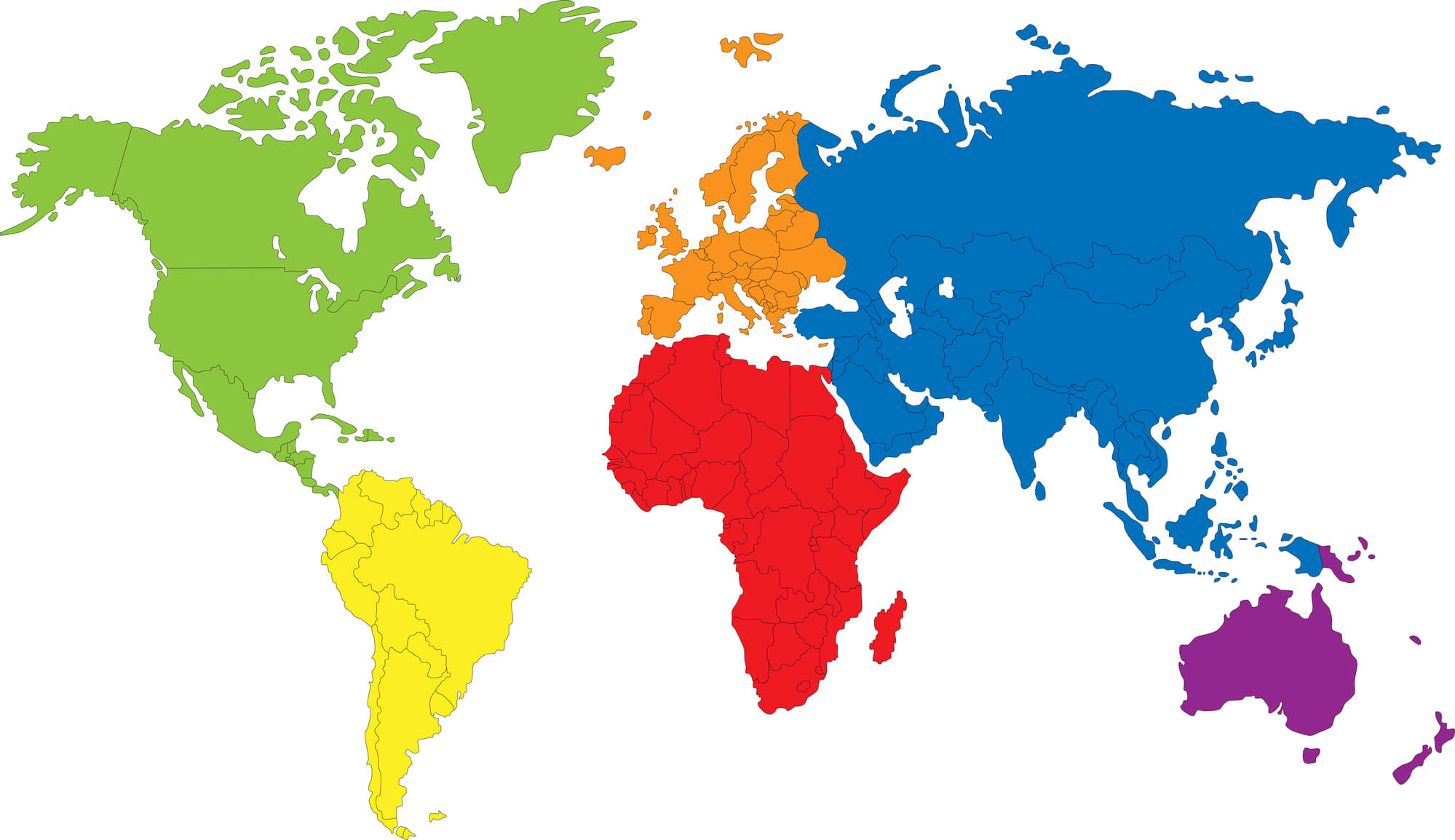Navigating the Complexities of International Health and Safety Legislation
Ensuring compliance with international health and safety legislation is crucial for any business operating in a global marketplace. However, navigating the complexities of these regulations can be challenging. Differences in laws and regulations between countries, language, and cultural barriers, and varying enforcement mechanisms are just a few factors that make compliance difficult. At International Safety Consultants, we understand these challenges and can help you navigate the complexities of international health and safety legislation. Contact us today to learn how we can assist you in achieving compliance and ensuring a safe working environment for your employees.
Why International Health and Safety Legislation is Complex
International health and safety legislation is complex due to several factors. Differences in laws and regulations between countries are among businesses' most significant challenges. Every country has its own laws and regulations related to health and safety, and it can be difficult to keep track of them all. Moreover, some countries may have multiple regulatory agencies responsible for health and safety, further complicating compliance efforts.
Language and cultural barriers are also significant obstacles. Businesses must be able to communicate effectively with regulatory authorities in different countries and understand the cultural context surrounding health and safety regulations. Additionally, differing health and safety risks definitions and enforcement mechanisms can make compliance even more challenging.
Understanding these complexities is essential for compliance with international health and safety legislation.

Common Challenges Businesses Face When Navigating International Health and Safety Legislation
Businesses face several challenges when navigating international health and safety legislation. The following are some of the most common challenges:
Keeping up with constantly changing laws and regulations
Health and safety laws and regulations frequently change, making it challenging for businesses to keep up with them. For example, during the COVID-19 pandemic, many countries introduced new regulations related to health and safety. Keeping track of these changes and ensuring compliance can be a significant challenge.
Understanding the scope of the laws and how they apply to the business
Businesses must understand the scope of the laws and regulations that apply to them. For example, some regulations may only apply to certain businesses or industries. It's essential to understand how these regulations apply to the business and ensure compliance accordingly.
Ensuring compliance across different countries and regions
Ensuring compliance with health and safety regulations across different countries and regions can be particularly challenging for multinational businesses. Regulations vary significantly between countries, and compliance efforts must be tailored to each jurisdiction.
Language and cultural barriers
Language and cultural barriers can make it challenging for businesses to communicate with regulatory authorities effectively. For example, a business may struggle to understand the context surrounding health and safety regulations in a particular country if unfamiliar with the language and culture.
Lack of knowledge or understanding of local laws and customs
Businesses operating in foreign countries may lack knowledge or understanding of local laws and customs related to health and safety. It's essential to engage with local experts and stakeholders to gain a better understanding of these regulations and ensure compliance.

Strategies for Navigating International Health and Safety Legislation
Navigating the complexities of international health and safety legislation requires a strategic approach. Here are some tips and best practices for achieving compliance:
Conduct thorough risk assessments
Before developing a compliance strategy, businesses should conduct a thorough risk assessment. This involves identifying potential health and safety risks, evaluating the likelihood and severity of these risks, and developing strategies to mitigate them.
Stay up-to-date with changes in laws and regulations
Keeping track of changes in health and safety laws and regulations is essential for compliance. Businesses should establish procedures for monitoring changes in laws and regulations and updating their compliance efforts accordingly.
Engage with local experts and stakeholders
Engaging with local experts and stakeholders is critical for understanding local laws and customs related to health and safety. By working with these experts, businesses can gain a better understanding of the regulatory landscape and tailor their compliance efforts to local requirements.
Conduct country legislation reviews
Conducting country legislation reviews is crucial to achieving compliance with international health and safety legislation. By reviewing the laws and regulations in each country where a business operates, businesses can identify the specific requirements they must meet to achieve compliance.
Perform a gap analysis
Performing a gap analysis can help businesses identify areas where their compliance efforts fall short. By comparing their current compliance efforts to the requirements outlined in relevant laws and regulations, businesses can identify gaps and develop strategies to address them.
Invest in training and education for employees
Employees play a critical role in ensuring compliance with health and safety regulations. Providing training and education to employees can help them understand the importance of compliance and their responsibilities under the law.
Utilise technology to streamline compliance efforts
Technology can be a powerful tool for streamlining compliance efforts. For example, compliance software can help businesses track changes in laws and regulations and ensure that they are meeting all requirements.
Conclusion
Navigating the complexities of international health and safety legislation can be challenging, but it's essential for businesses operating in a global marketplace. At International Safety Consultants, we specialise in helping businesses comply with health and safety regulations worldwide. By working with our experts, you can mitigate risks, avoid legal penalties, and create a safety and well-being culture. Contact us today to learn more about how we can assist you in navigating the complexities of international health and safety legislation and ensuring compliance in your organisation.
